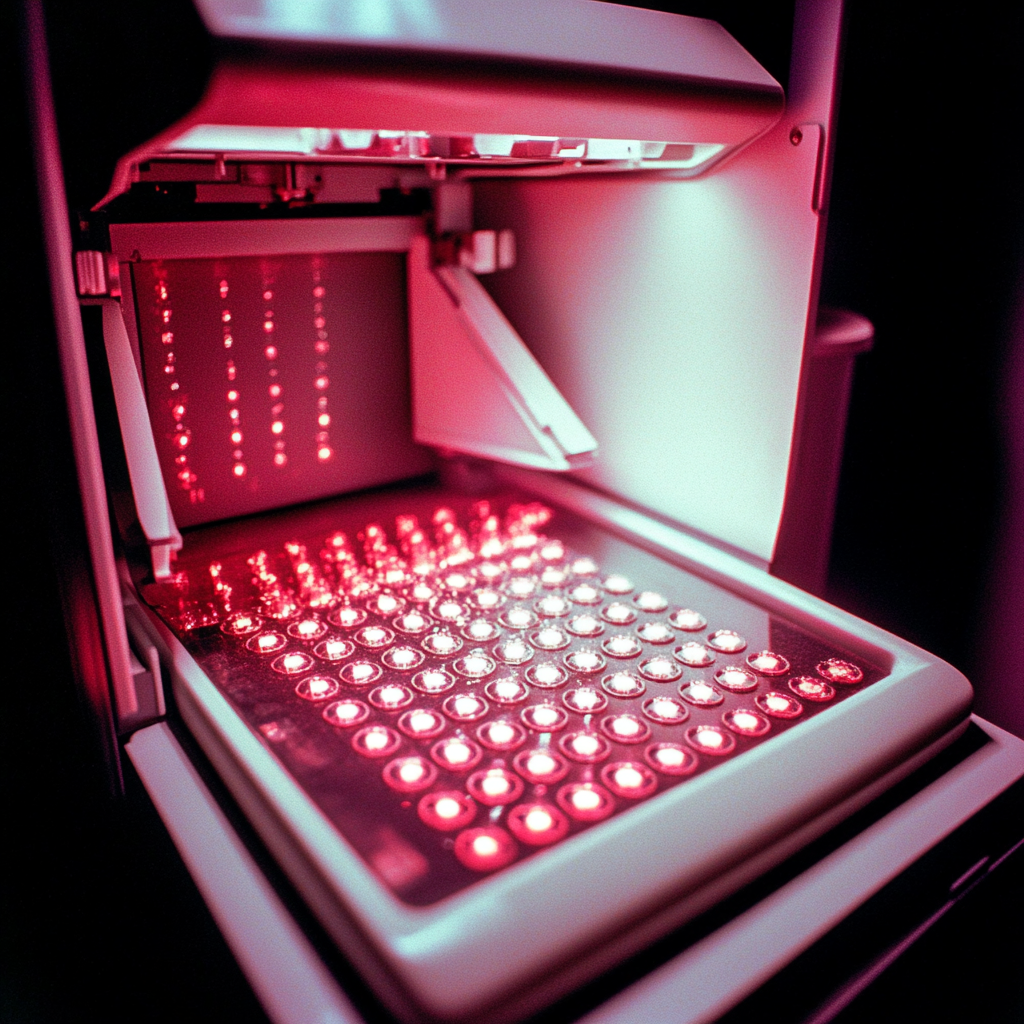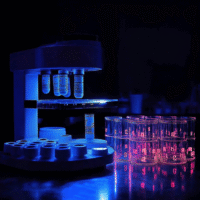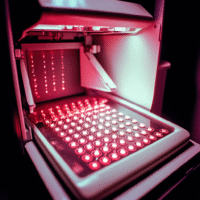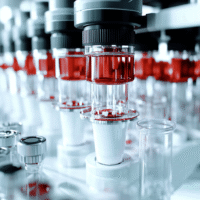Understanding the Risk of Pneumonia in Hemodialysis Patients
Pneumonia can be very dangerous for patients on maintenance hemodialysis (MHD). It can lead to more hospital visits, serious health issues, and extra costs. This study aims to help doctors predict which patients might be more likely to get pneumonia, so they can take steps to prevent it.
Main Findings
- Study Size: The study looked at 405 MHD patients across two hospitals.
- Pneumonia Rates: About 35% of patients in the study developed pneumonia.
- Predictive Model: Researchers created a model to assess each patient’s risk based on factors like age, diabetes history, heart disease history, and certain blood test results.
- Accuracy: The model accurately predicts pneumonia risk, with a high level of reliability.
How This Helps Patients and Clinics
- This model can help identify patients at high risk for pneumonia.
- Doctors can use this information to provide better care and follow-up for these patients.
- By focusing on high-risk patients, clinics can potentially reduce hospitalizations and health costs.
Practical Steps for Clinics
- Use the Predictive Model: Implement the risk assessment model in your clinic to screen patients on MHD.
- Monitor Patients: Keep track of patients identified as high-risk and provide them with preventive care.
- Review Outcomes: Measure how many high-risk patients develop pneumonia and how many need hospitalization.
Real-World Opportunities
- Doctors can use the findings to improve patient monitoring.
- Hospitals can create targeted prevention programs for high-risk MHD patients.
Measurable Outcomes to Track
- Rate of pneumonia in MHD patients over time.
- Number of hospitalizations due to pneumonia.
- Cost savings from reduced hospital visits.
AI Tools to Consider
- AI-based patient monitoring systems can help track health indicators that predict pneumonia.
- AI analytics tools can assist in analyzing patient data to improve risk assessment.
Starting Small: Step-by-Step Plan
- Train Staff: Educate healthcare providers about the predictive model and its importance.
- Pilot Program: Start with a small group of patients to test the model.
- Review and Adjust: Assess the effectiveness and make necessary changes before expanding to more patients.
For more details about this research, visit PeerJ Study.




























